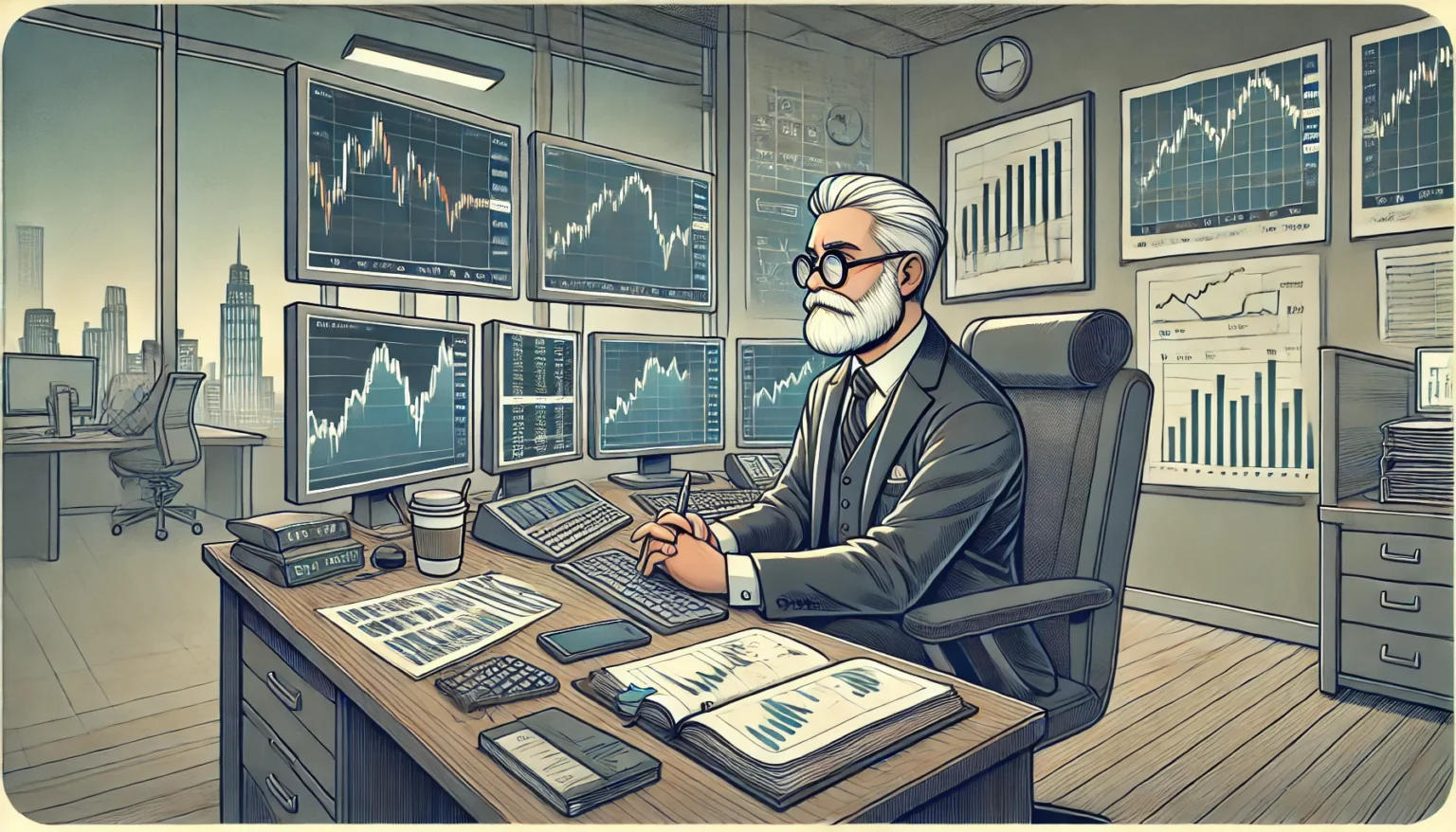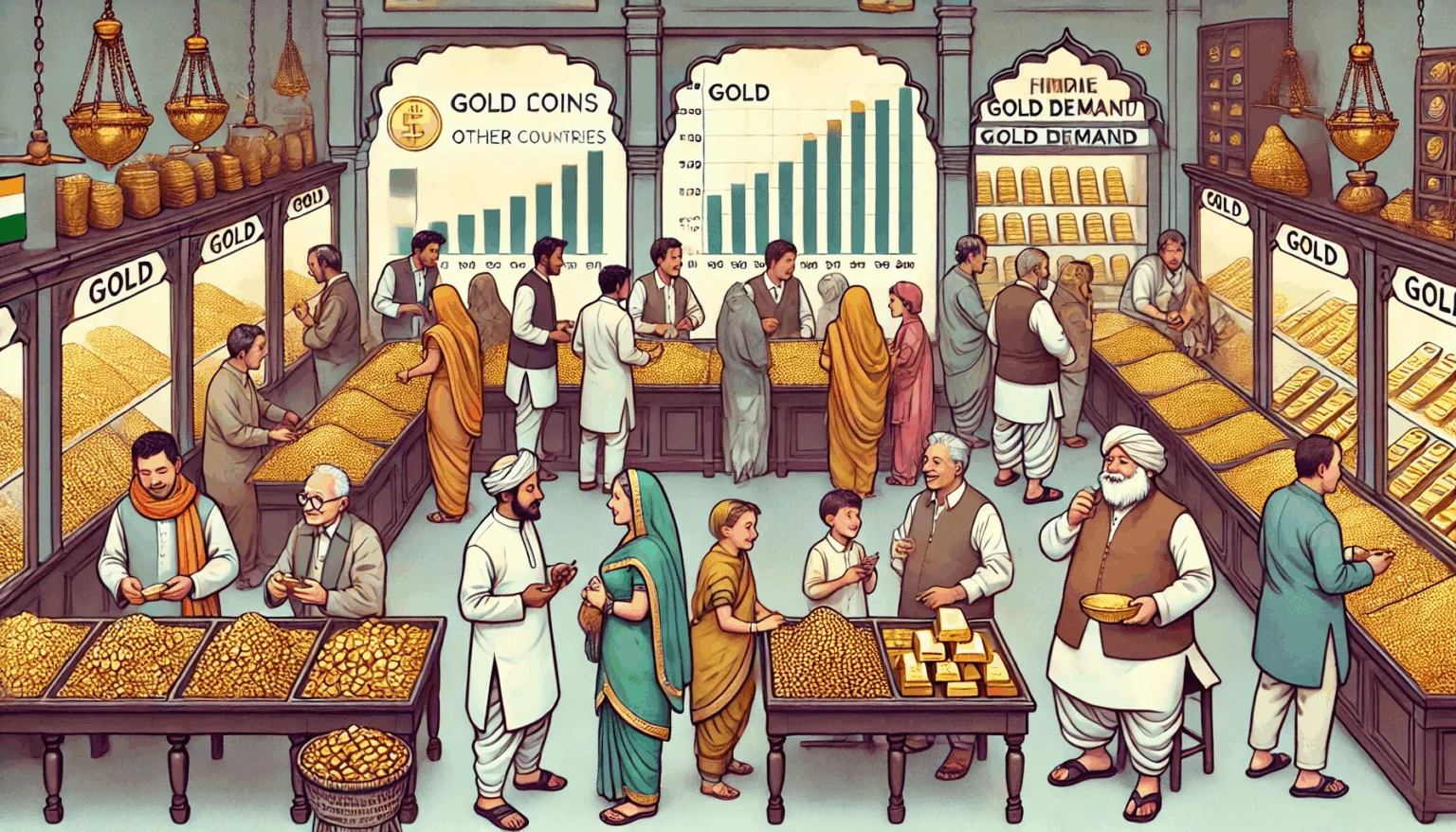Shifting Patterns in Global Reserves
In the last 75 years, the way central banks hold their international reserves has changed a lot. For a long time, the US dollar dominated global reserves.

Its share kept growing after the 1990s and reached its highest point around the mid-2010s. At that time, nearly half of the total reserves across the world were kept in US dollars. But things are now changing fast. Over the past few years, the dollar’s share has started to fall, and today it is closer to 40%.
The Euro and Other Currencies
When the euro was introduced in the late 1990s, it quickly gained a strong position. However, over time, its share has started to shrink. The Japanese yen and the British pound sterling have stayed more or less the same, without big changes in their share of reserves. On the other hand, the Chinese renminbi is slowly but steadily gaining space, though still at a much smaller scale compared to the dollar or euro.
Gold Making a Strong Comeback
The most surprising shift in reserves is happening in gold. Central banks around the world are now holding a much larger portion of their reserves in gold compared to earlier years. Not too long ago, gold made up less than 10% of total reserves. But now, it has climbed to nearly 23% to 24%. This shows a very clear move back toward gold as a safe and trusted store of value.
Historical Role of Gold
Looking back at history, gold was once the backbone of reserves across the globe. A hundred years ago, gold made up as much as 80% to 90% of all international reserves. Even as recently as the mid-20th century, gold accounted for 60% to 70% of reserves. The recent rise in gold holdings could be seen as a return to that older pattern, where gold carried far greater importance than paper currencies.
What This Could Mean for the Future
If this shift continues, gold could once again play a much bigger role in the financial system. With central banks steadily increasing their gold reserves, the demand for gold is likely to grow further. And if demand continues to rise, prices could also have a long way to go from here.










